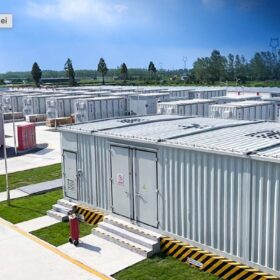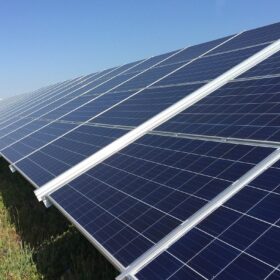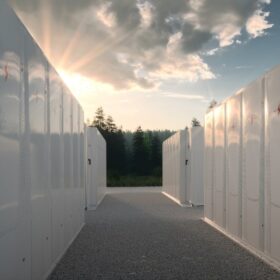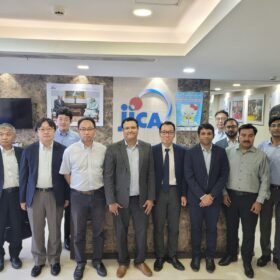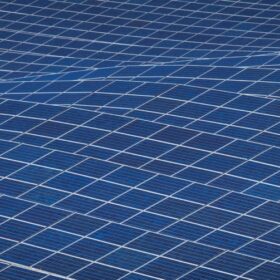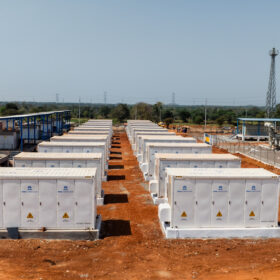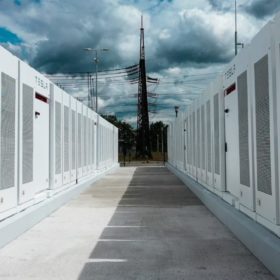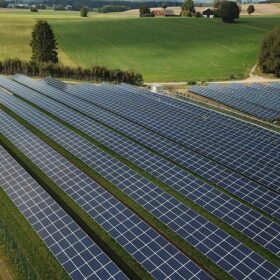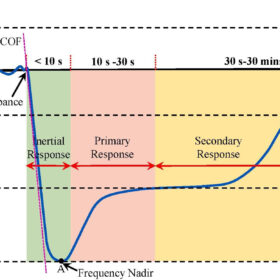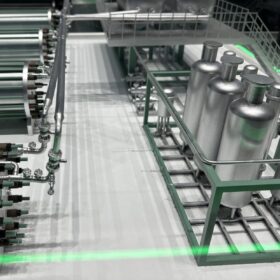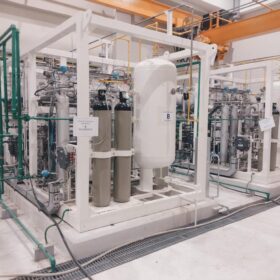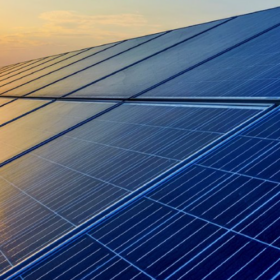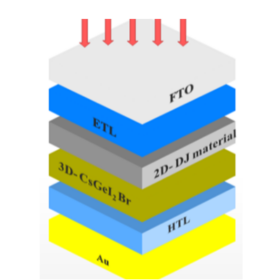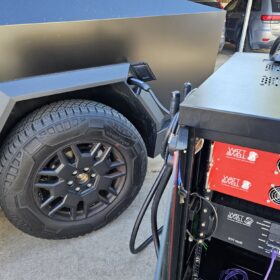Sineng Electric launches world’s largest sodium-ion battery storage project
Sineng Electric’s 50 MW/100 MWh sodium-ion battery energy storage system (BESS) project in China’s Hubei province is the first phase of a larger plan that will eventually reach 100 MW/200 MWh. The initial capacity has already been connected to the grid and can power around 12,000 households for an entire day.
JSW Energy secures LoA for 230 MW renewables-plus-storage project
JSW Neo Energy has received a letter of award from Solar Energy Corp. of India (SECI) to set up renewable energy projects backed with energy storage system for supply of 230 MW of firm and dispatchable renewable power in a demand-following manner.
FRV reaches financial close on first Australia standalone battery project
Fotowatio Renewable Ventures Australia says it has begun construction on its first standalone battery energy storage system in the country after reaching financial close on the project.
The Hydrogen Stream: Hygenco signs MoU with Mitsubishi Power for green hydrogen-fired GTCC power plants
Hygenco Green Energies and Mitsubishi Power have joined hands for delivering green hydrogen-/ammonia-fired gas turbine combined cycle (GTCC) power plants. Hygeno will develop and deploy green hydrogen and green ammonia production assets to supply green fuel for Mitsubishi Power’s GTCC technology to the potential customers.
Reliance obtains BIS certification for solar panels
Reliance Industries expects to commission its first train of solar module and cell manufacturing at Jamnagar within the current fiscal year.
Optimizing renewable energy project in the face of climate change
Stable government policies, adaptable technological solutions, diversified investments, robust financial planning, and active community engagement are crucial for achieving long-term success in the renewable energy sector.
Tata Power posts INR 1,189 crore profit in Q1 FY 2025
Tata Power has reported its highest ever quarterly consolidated revenue of INR 16,810 crore and net profit (profit after tax) of INR 1,189 crore in the first quarter of FY 2024-25
Global battery market crisis: Will SECI benefit as oversupply sparks industry chaos?
The global battery glut is likely to influence the price discovery of Solar Energy Corp. of India’s tender for 2 GW solar with 1 GW/4 GWh energy storage system, writes Ali Imran Naqvi, executive director (ED), Gensol Engineering Ltd.
Advancing renewable energy through technological innovation and digitalization
To accelerate the adoption of technological innovation and digitalization in the renewable energy sector, concerted efforts are needed from policymakers, industry leaders, and technologists alike. Governments can create supportive policy environments, invest in research and development by providing incentives, at the same time supporting early-stage companies by creating favorable regulatory environments to fostering public-private partnerships.
New battery sizing approach for virtual synchronous generators, control-based grid-forming inverters
A group of researchers in Australia has outlined a new methodology to determine the minimum power rating of energy storage systems (ESSs) used for emergency under-frequency response. The ESS size must be calculated to maintain the frequency within the standard operating range.
